Start with small steps as you blaze your outdoor adventure path to fun!
Sadly, many outdoor writers tend to write articles that assume the reader is well-versed in the subject being covered. We write about gear and advanced concepts of the activity, but we tend to forget the little things. We gloss over the basics—the “crawling” part of the process, if you will.
This article is intended to cover those crawling stages of outdoor adventures, because none of us started this journey by running.
“Outdoor adventures can be physically demanding, so you need to know your limitations. Your enthusiasm and pride might say, ‘I can do this,’ but your body might say something entirely different.”
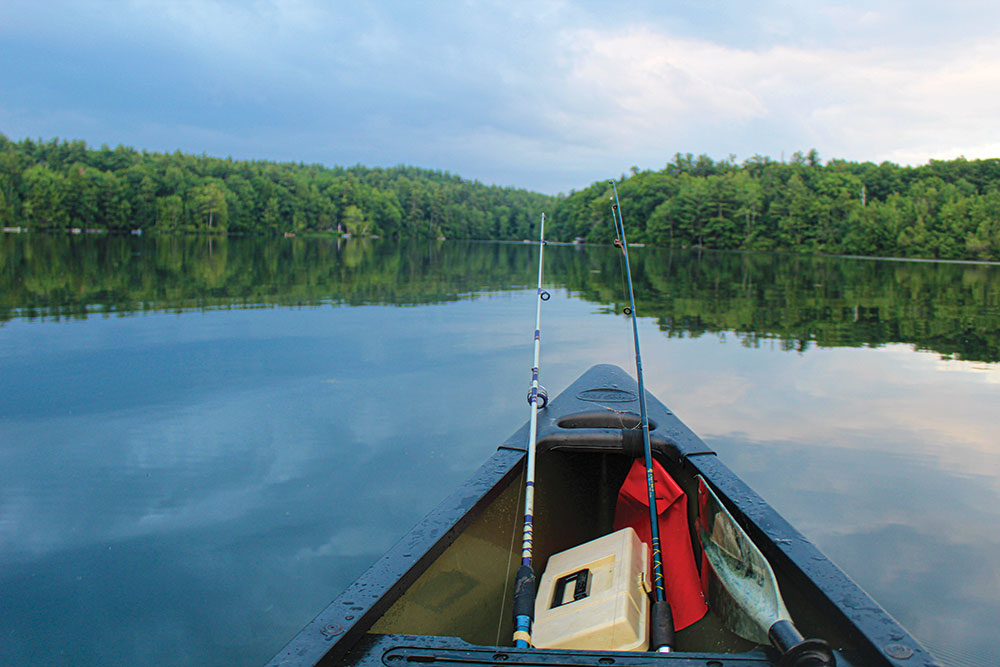
Do Your Research
You need to do your research on the activity, as well as the gear required to enjoy it safely and efficiently. This is especially true when you’re dealing with outdoor pursuits.
All outdoor adventures come with inherent risks. For instance, What are those risks? How do you do the activity safely? Are you physically and mentally ready and able to face those risks? What are the monetary costs involved? Can you go on this adventure nearby, or will you have to travel elsewhere to do it? What kind of gear will you need? What are the rules and regulations, if any?
Make sure you have the answers to these questions before you go any further.
Try Before You Buy
If you’re new to fishing, for example, you aren’t going to run out and purchase a boat (at least I hope you don’t). The same goes for any outdoor activity. All will involve costs—some more than others—so make sure the money is well spent. The last thing you want to do is spend a bunch of money … only to find out you don’t like the activity.
The solution here is to rent or borrow gear, hire a guide or spend a little money for lessons (if applicable). What follows is a list of a few outdoor activities you can sample with relatively little to no cost.
Downhill Skiing
Most people try this activity by first getting introduced to it by friends or family. That’s how I first tried it; and I quickly learned that it wasn’t for me. Thankfully, I took a lesson before I purchased any gear. While you can rent everything you need, downhill skiing can become one of the most expensive outdoor activities you can get involved in.
After the purchase of clothing and gear, you’ll still have to pay for lift passes, travel to the slopes and lodging that can be quite expensive on its own.
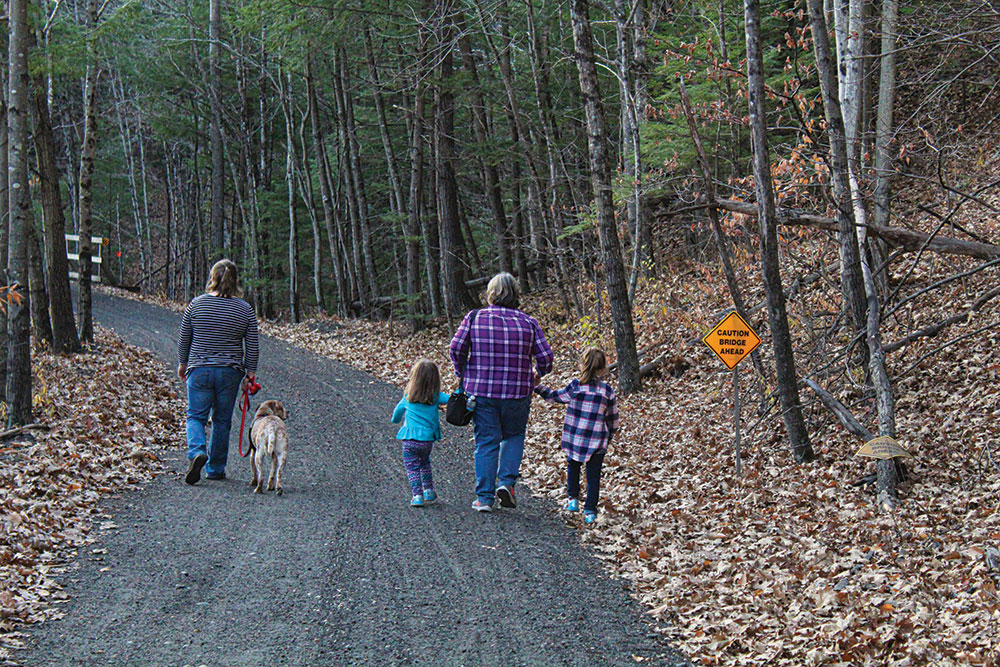
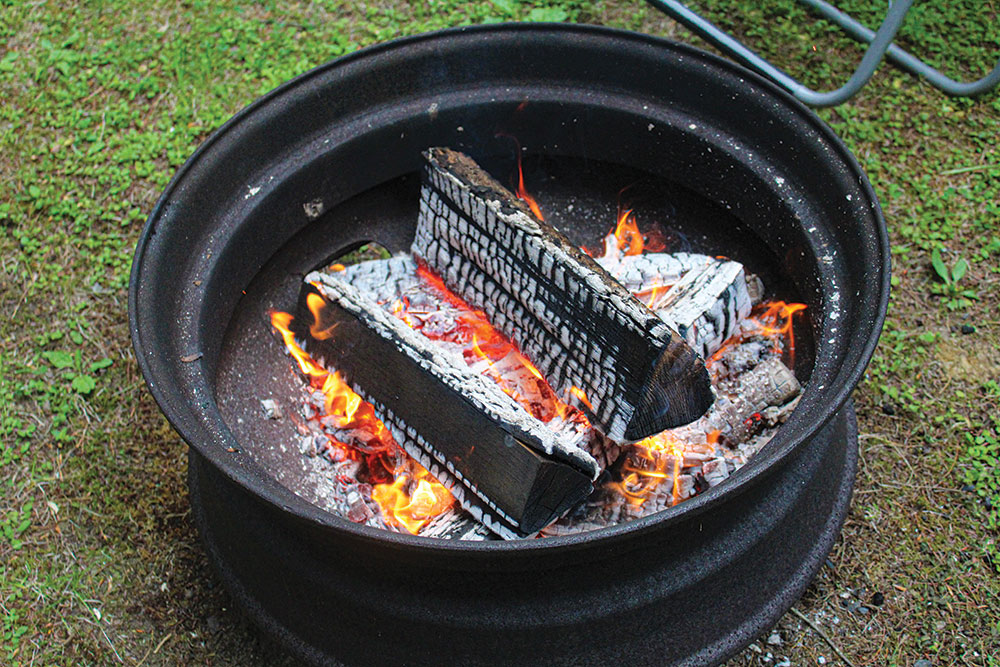
The great news is that you can rent gear and take lessons for a relatively low price at most ski areas. If you decide you do like it, but you aren’t sure you like it enough to invest in equipment, you might want to join a ski club via which you can possibly get discounts on gear rental and lift passes.
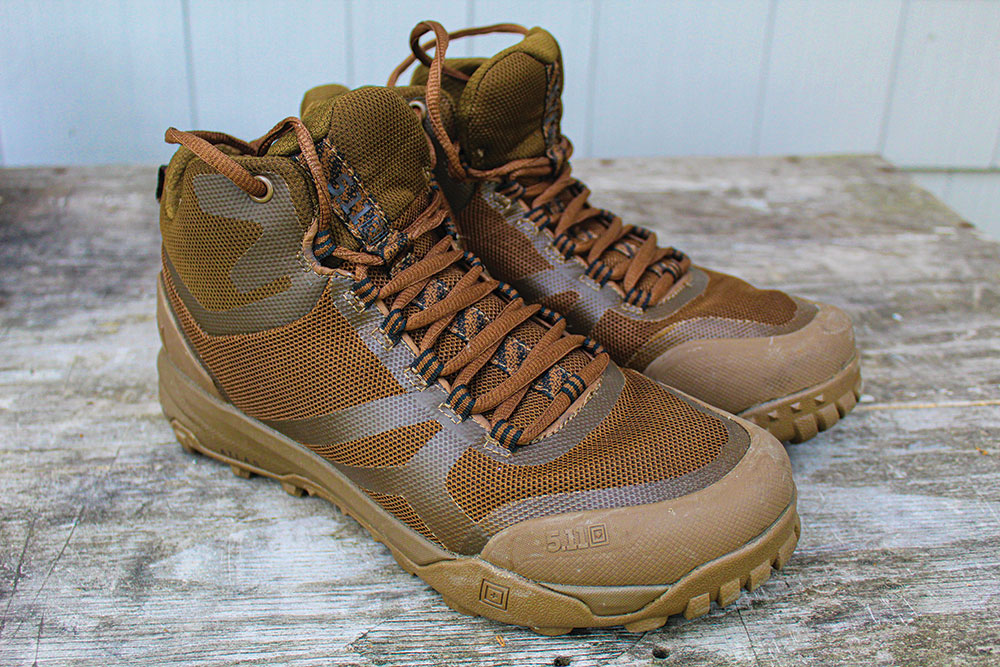
Camping
Camping was a regular activity for my family. For me, camping has always been defined as “lugging everything you need on your back and setting up a tent.” However, there are many ways you can “go camping.” From using a small tent and a minimal set of gear that just covers the basics to trying vehicle- and RV-camping, there’s a huge range of options. As I said, do your research to see what level appeals to you the most. If you’re new to camping, the last thing you want to do is purchase all sorts of gear and trek out into the middle of nowhere.
“The last thing you want to do is spend a bunch of money, only to find out you don’t like the activity.”
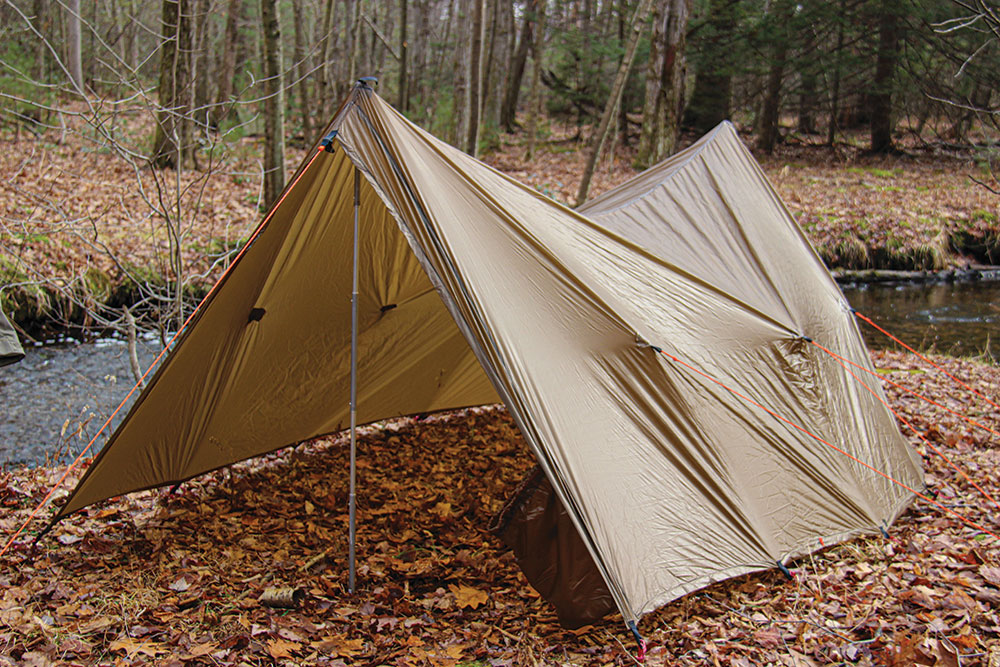
Enter into this activity slowly. I suggest starting out by renting some gear and a spot at a local campground. There are both state and privately operated campgrounds that will help get you started. Some campgrounds are really rustic, while others will offer various amenities that will allow you to get comfortable. And remember to look around your home after you compile the list of what you’ll need. Chances are, you already have some of those items or suitable substitutes for the first couple of outings.
Because I’m “getting on” in age, and my wife has decided “no” to tents (when she goes out with me), we recently rented a camper at Rest N’ Nest Campground in East Thetford, Vermont, for an extended weekend with our daughter’s family.
While this wasn’t really my idea of camping, it was relaxing and allowed us to spend some time with our grandchildren. (I bring this up because doing something such as this is a good way to introduce yourself and your family to camping. This experience can help you decide just how rustic you want to get.)
Hiking
Every year, hundreds of people are rescued from parks and wilderness areas of our country because they went hiking when they weren’t prepared to do so. While some of these people are experienced outdoors people who did everything correctly but suffered an accident, the majority comprised those who were inexperienced and overstepped their limitations. As with all wilderness activities, when it comes to hiking, you need to start slowly.
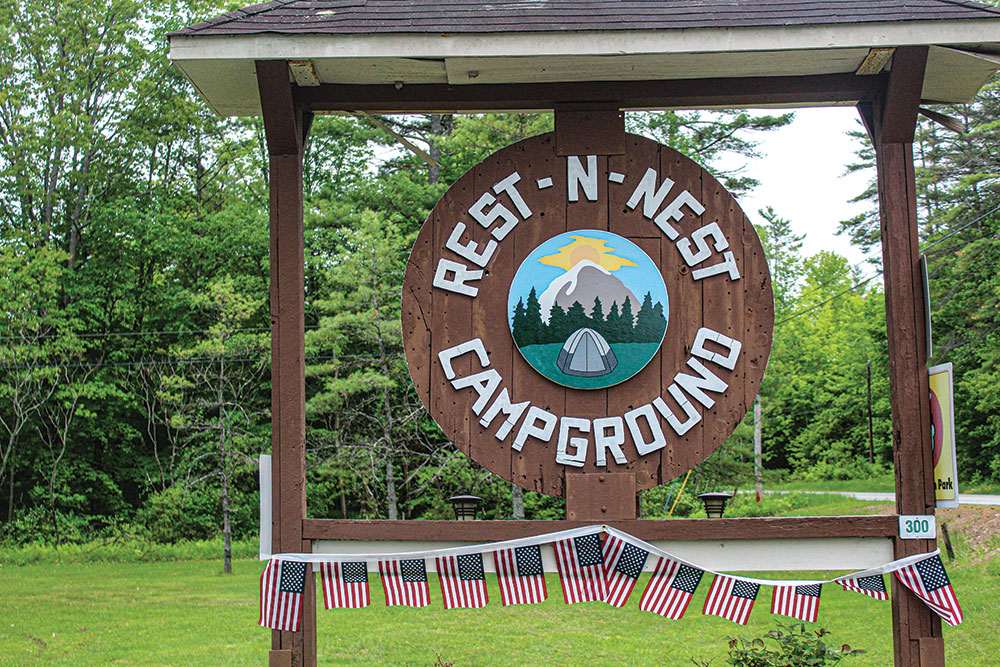
If you’re new to hiking, your first hike shouldn’t be up a mountain. Start by walking—with light loads—with friends on easy trails through the woods and fields near your home. Many states have converted old railroad tracks into hiking trails, and these are perfect for day hikes with children and pets. Another great way to start out is to join a local hiking club. These clubs are usually made up of people of various levels of expertise and allow you to learn from others.
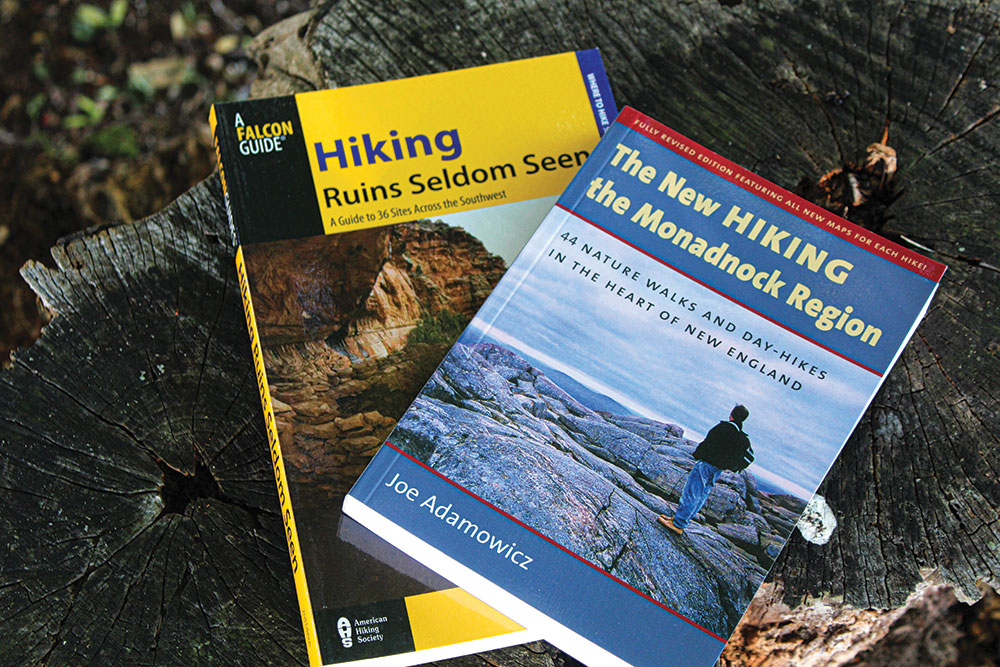
As compared to other activities on this list, hiking requires a minimal amount of gear, and some of it can also be used for camping or other pursuits. Don’t forget to think about all your interests when buying gear, because you might be able to use some items for more than one.
Fishing
Fishing is one of those activities on which you can spend as much—or as little—as you want. On the other hand, it’s also very easy to get sucked into all the hype and end up purchasing much more “stuff” than you really need.
“ … remember to look around your home after you compile the list of what you’ll need. Chances are, you already have some of those items or suitable substitutes for the first couple of outings.”
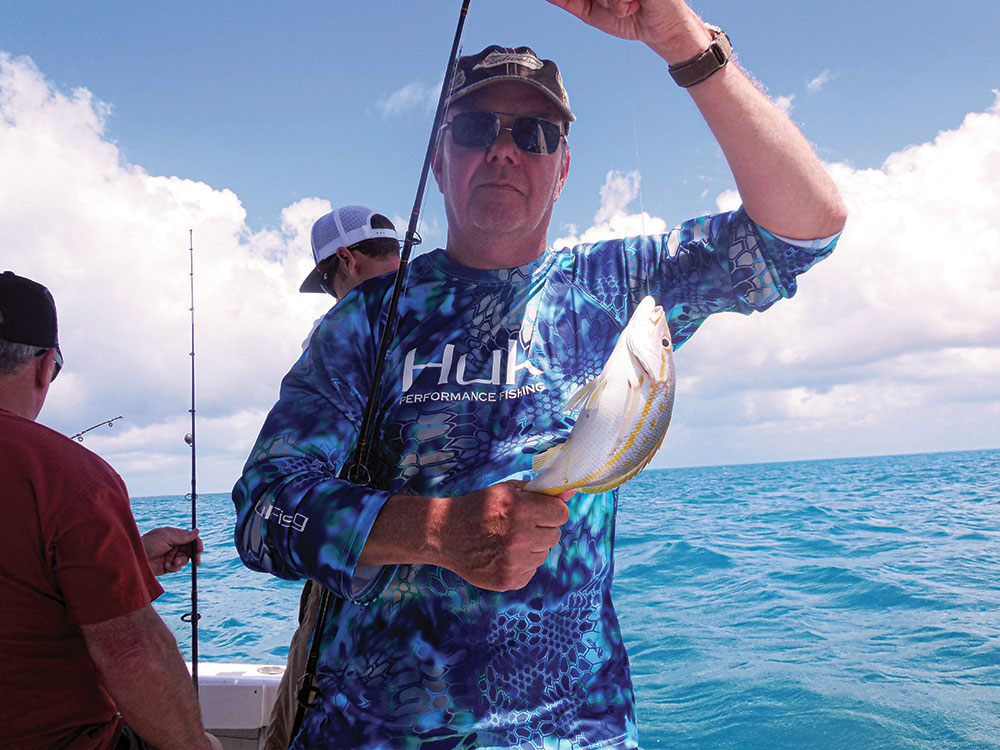
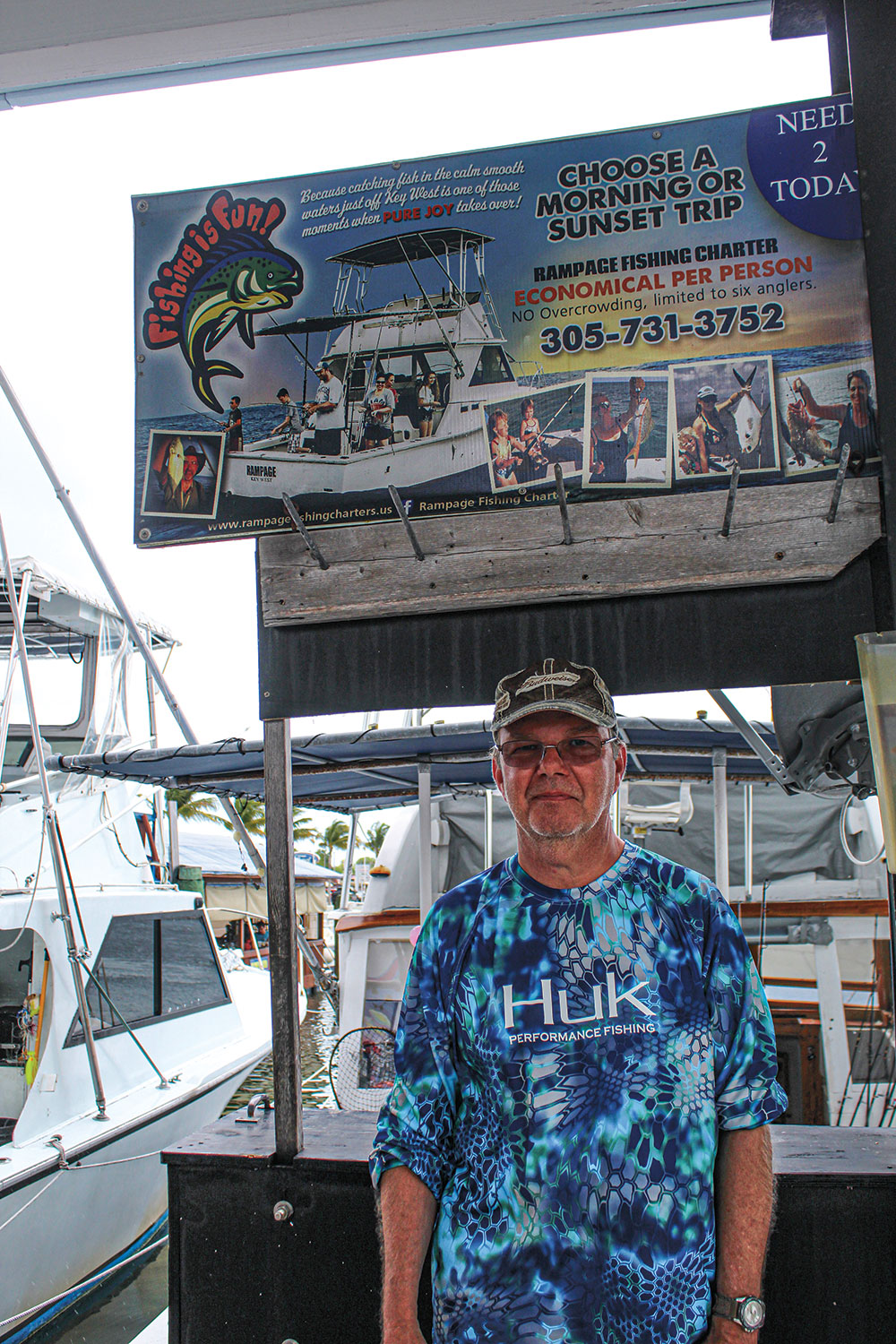
Start by asking experienced anglers for help and advice. Great sources are fishing outfitters. Hire one of their guides. The money will be well spent. Many provide gear and bait and are more than willing to show you how to use it.
Try fishing for different species, use different methods, and fish in different environments. You could end up preferring trout fishing over bass fishing; saltwater over freshwater; or fly fishing over casting or trolling. Using an outfitter will save you time and money in the long run.
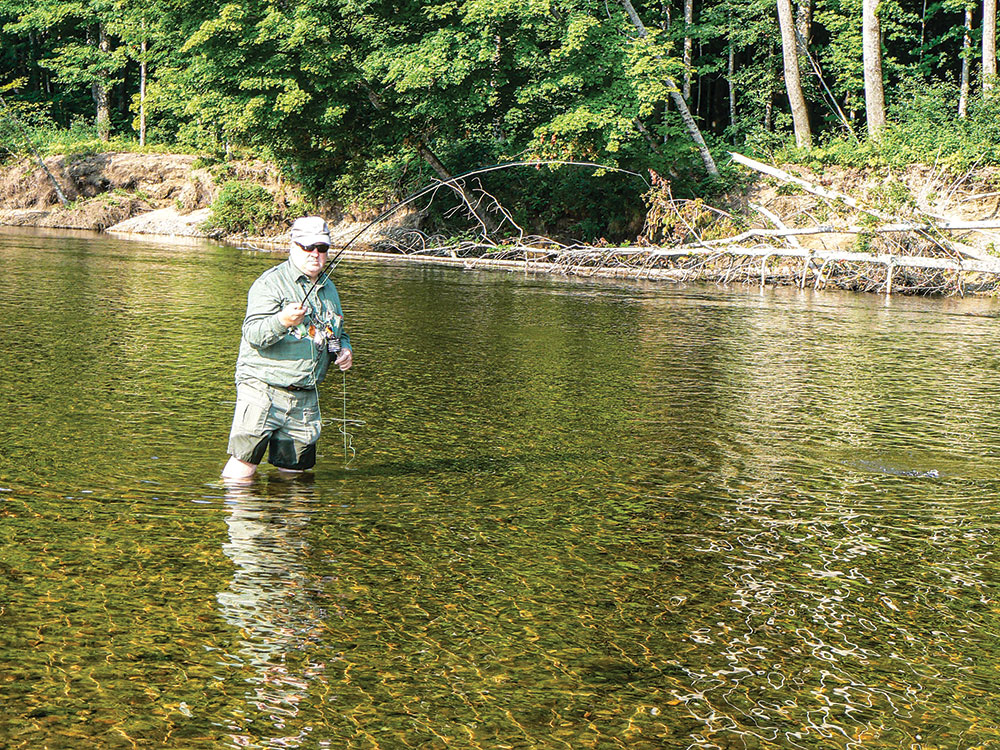
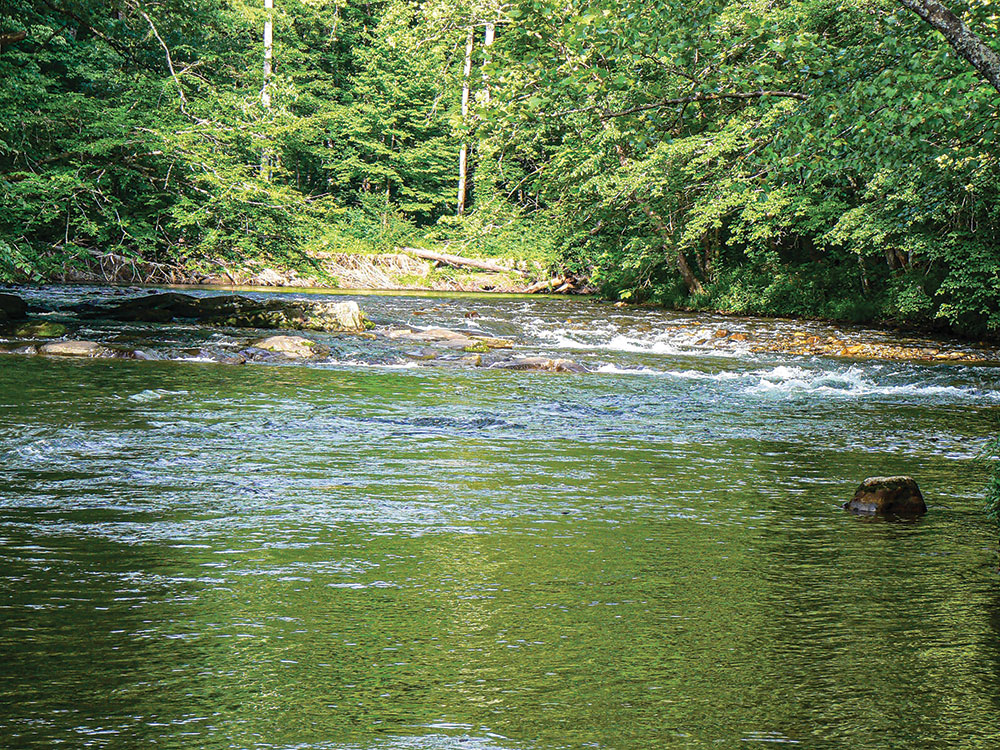
Canoeing, Kayaking and Rafting
More and more people are getting involved in these three water pursuits every year; and, just as with hiking, many of them end up in trouble because they get ahead of their own abilities and don’t follow the basic safety rules.
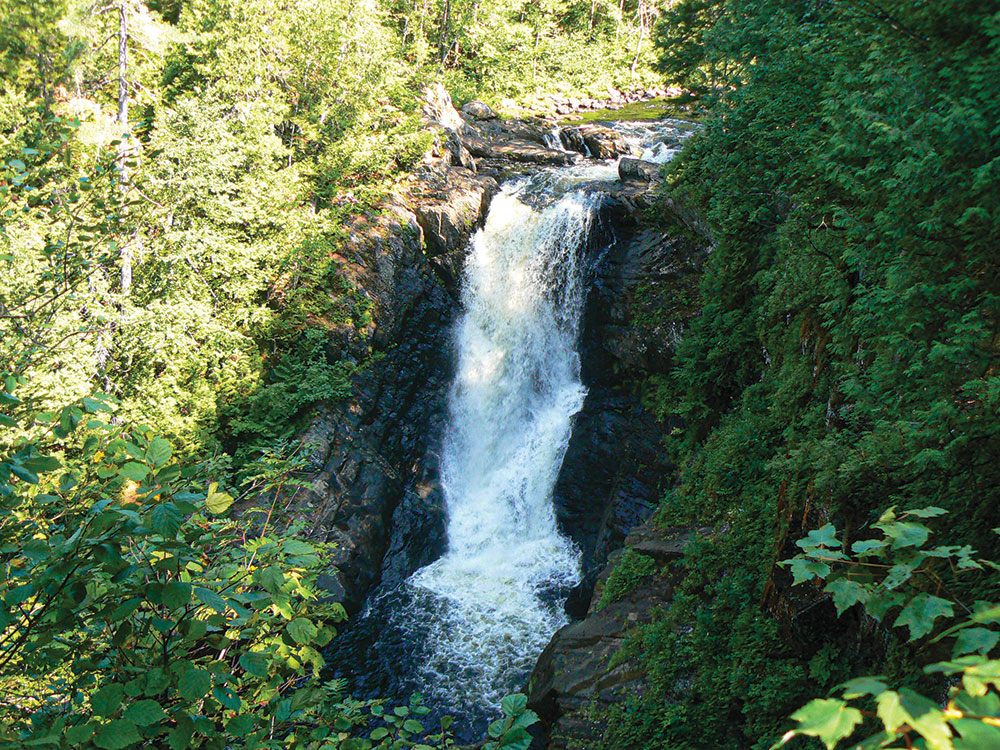
When dealing with watercraft, you really need to be extra cautious. Knowing how to swim isn’t enough. Coast Guard-approved personal flotation devices (PFD) must be worn at all times—by everyone. Novices should stay away from whitewater until they’ve learned how to handle a boat. I highly recommend taking lessons, either through a professional course or, at the very least, from experienced canoers, kayakers and rafters.
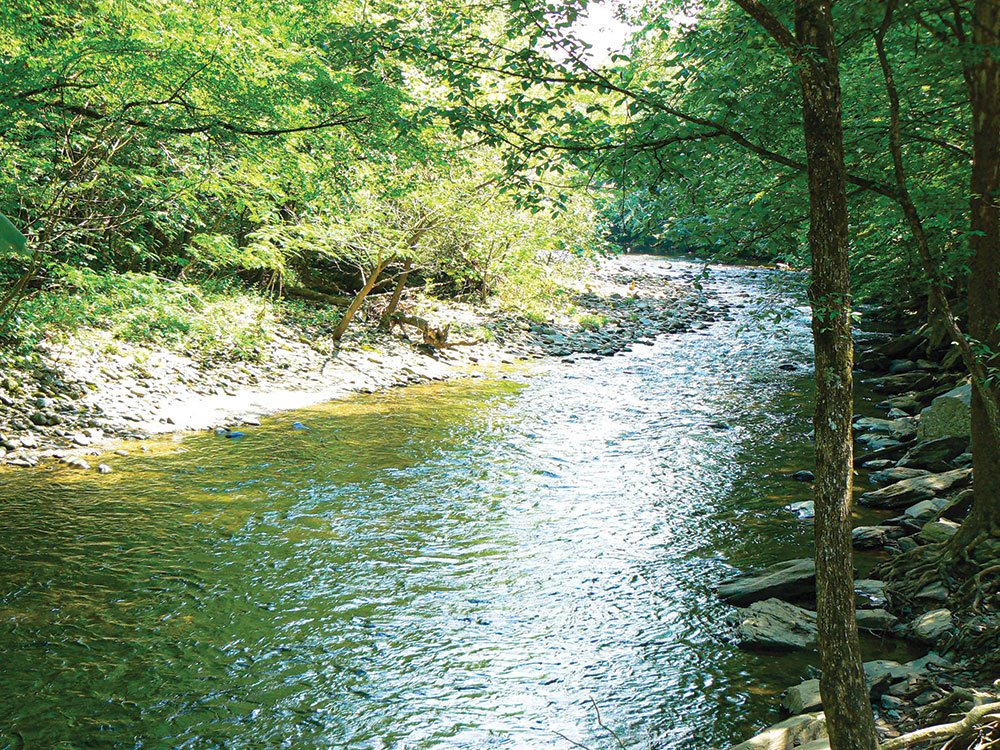
I grew up canoeing, and I also taught my daughter as she was growing up. She then went off to college, where she took a kayaking course. She returned the favor by teaching me how to kayak. On the other hand, rafting is one of those things I leave to the professionals. I did my first rafting adventure with Three Rivers Rafting in Maine. And, while I’m hooked, rafting isn’t something I’d do on my own.
Be Prepared
Outdoor adventures can be physically demanding, so you need to know your limitations.
Your enthusiasm and pride might say, “I can do this,” but your body might say something entirely different. For instance, if you have a bad heart or have foot or back problems, you might want to avoid a deep-woods camping trip in a tent, a class-5 whitewater rafting trip or climbing a mountain.
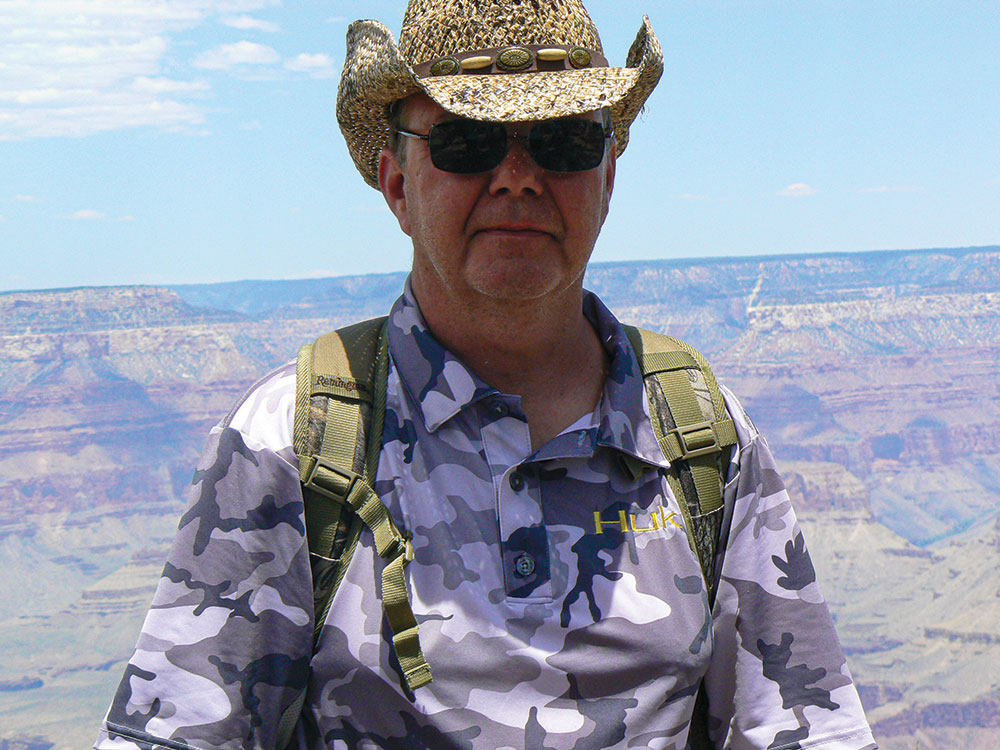
This doesn’t mean you can’t hike, camp or raft. All it means is that you need to use common sense. Getting hurt or putting others at risk is no fun for anyone. Even if you’re in good health, you owe it to yourself to get into shape and condition your body to the rigors that are sure to come.
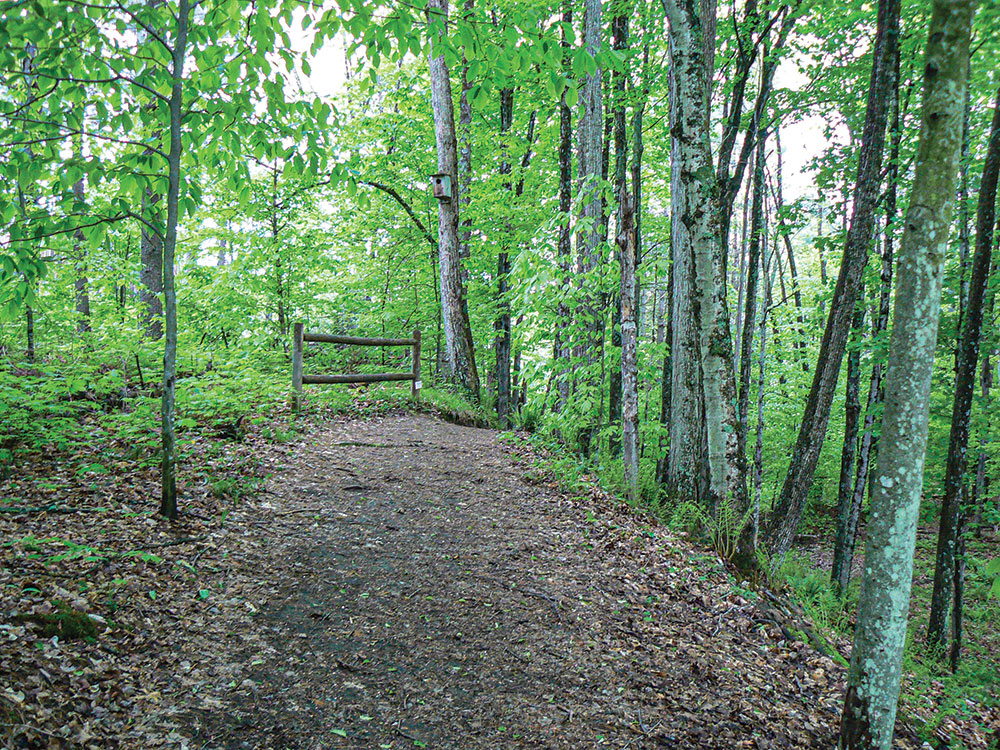
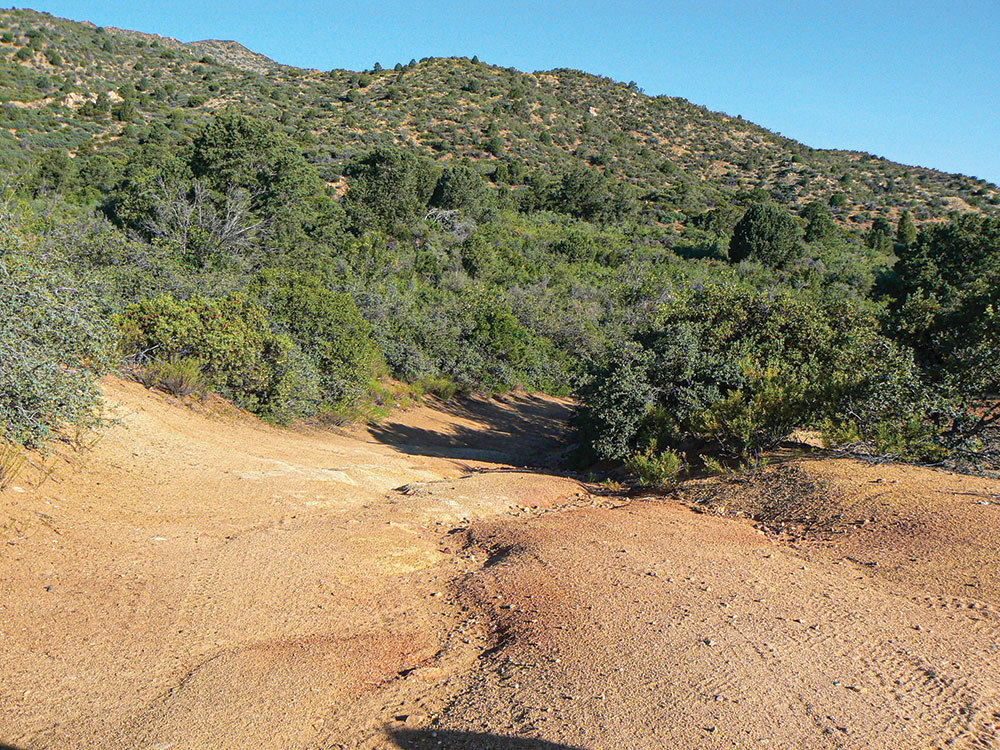
Walking is always good, but walking on a trail, even an easy trail, is different than walking on a sidewalk. Start your conditioning by walking on easy trails without a pack. Allow your feet to feel the uneven terrain. Learn your balance and what surfaces to avoid.
Slowly move on to carrying light loads. As your abilities increase, add to the load. It’ll help strengthen your muscles and improve your cardio and your balance. Gradually increase your walking distances and start walking up and down inclines. Sharing this trip with others will make it more enjoyable.
Gear
Everybody has their own ideas about what gear is important … and so will you as you gain experience. Remember this article is about basics; it’s not a gear guide.
When I say, “basics,” I mean really basic. Start out with a good folding knife. Add a butane lighter, a first aid kit, some cordage, and water and snacks. Lastly, make sure you have good footwear—both boots and socks. Without your feet, you aren’t going anywhere.
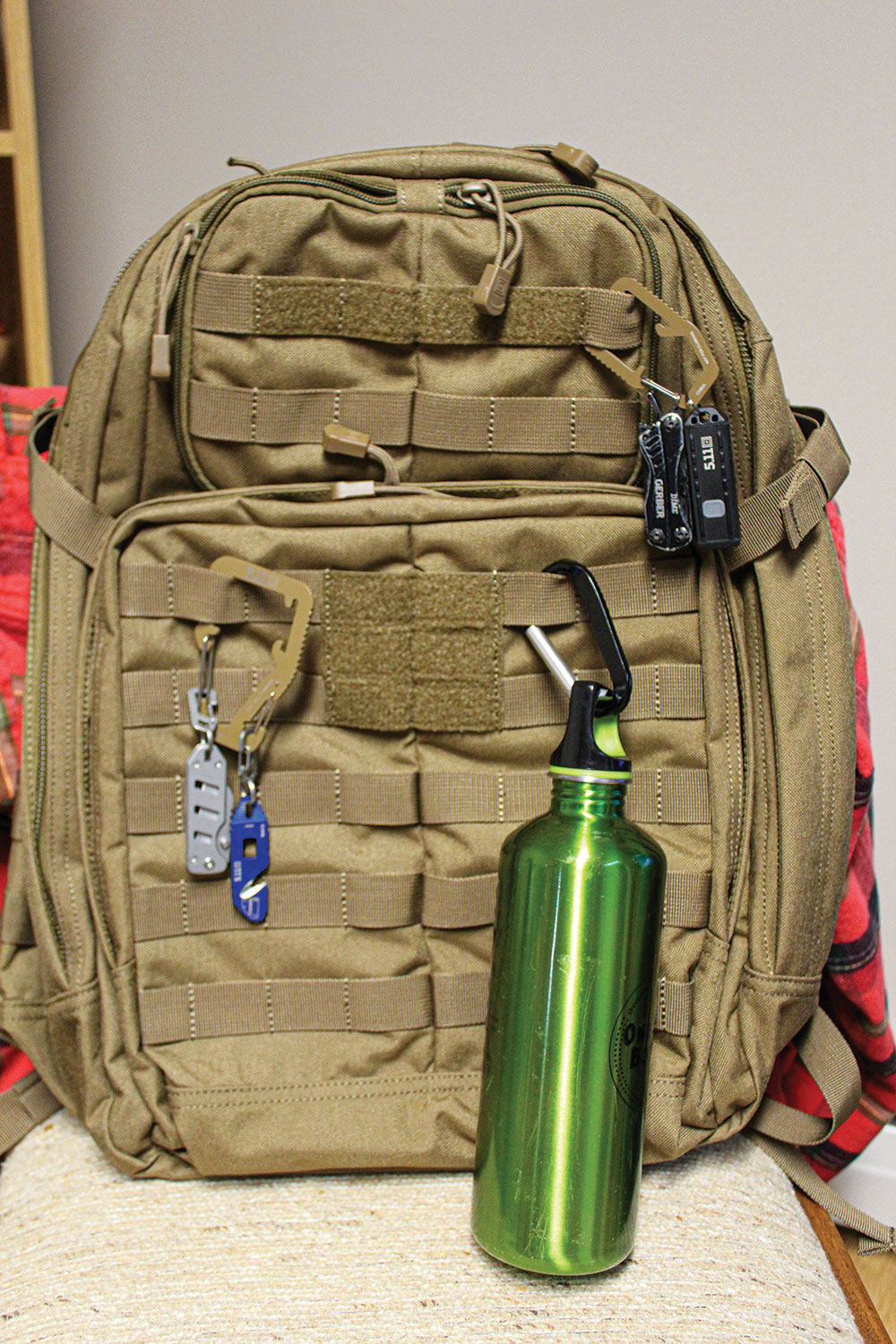
Training
It’s often said that “education is the key to everything.” There’s no such thing as having too much knowledge; and if you aren’t continuing to learn, then you’re dead. As I’ve been told, “Nobody knows everything, but everyone knows something”—which also applies to adventures in the outdoors.
Now you have your gear and have been taking “wilderness” walks to build up your strength and endurance. You must be ready to go, right?
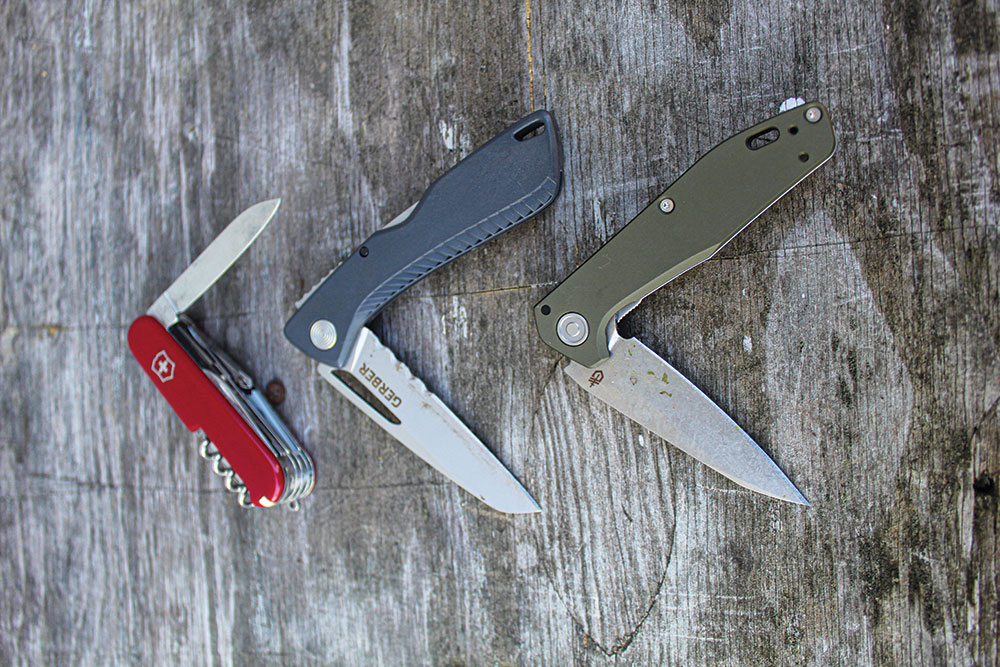
Sorry—you’re only partially there. Accidents, both to yourself and others, happen to even the most experienced. Do you know how to handle emergencies if they should arise? Do you know how to render first aid—even the basics? Do you know how to get help? Do you know how to start a fire or build an emergency shelter? How about purifying water? If you don’t, I suggest teaming up with people who do or take a few courses and practice what you learn before heading out.
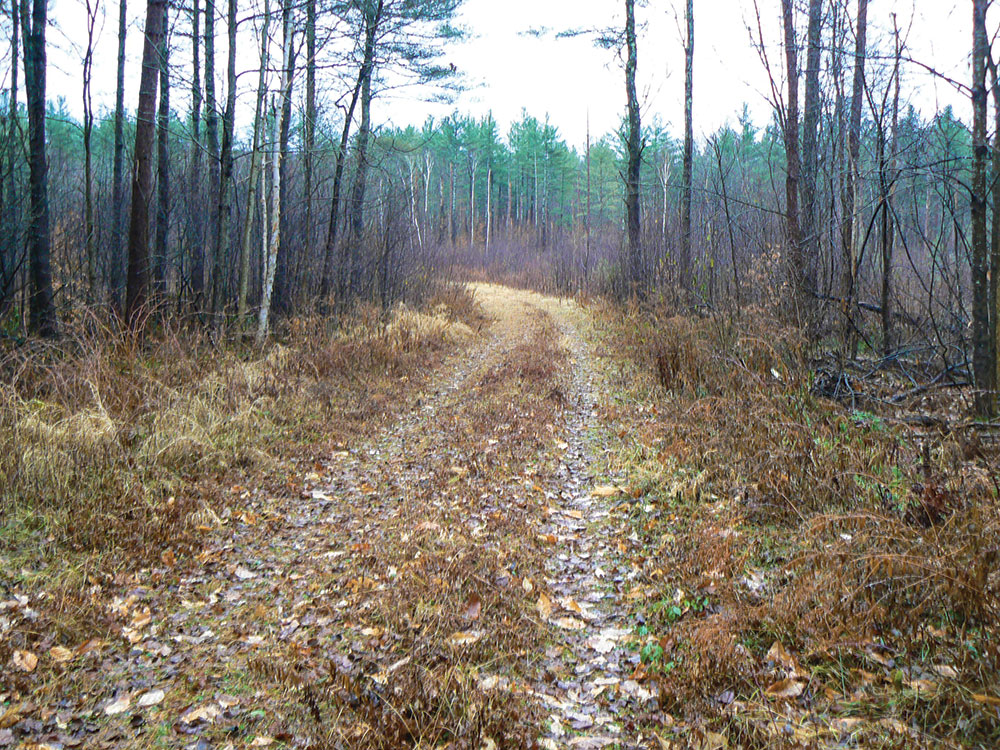
First Aid
You’re bound to run into injuries—even walking along easy trails, fishing along small bodies of water, canoeing a small, calm pond or climbing a small, rocky hill. These injuries or medical conditions could range from blisters, cuts and bruises to broken bones, sprains and heart attacks. Whenever you venture out, you must be prepared to handle these things that come up.
It’s very important to have a good first aid kit in your pack—and it’s just as important to know how to use it. The best way is to take a first aid course. These courses are often given by the American Red Cross and even your local fire department. The small cost is well worth it, because this information will be there for you anytime you need it.
Wilderness Skills
I can’t say enough about the other skills you need to know, and no article can teach or discuss all those skills. Books are good places to start, but it’s best to learn hands on.
In addition, there are many “survival” schools out there, so pick one that meets your needs. You must do your research and check references. Look for those schools that’ll teach you how to start a fire, purify water, establish an emergency shelter—in other words, those things you need to know how to do until help can reach you.
“You need to do your research on the activity, as well as the gear required to enjoy it safely and efficiently. This is especially true when you’re dealing with outdoor pursuits.”
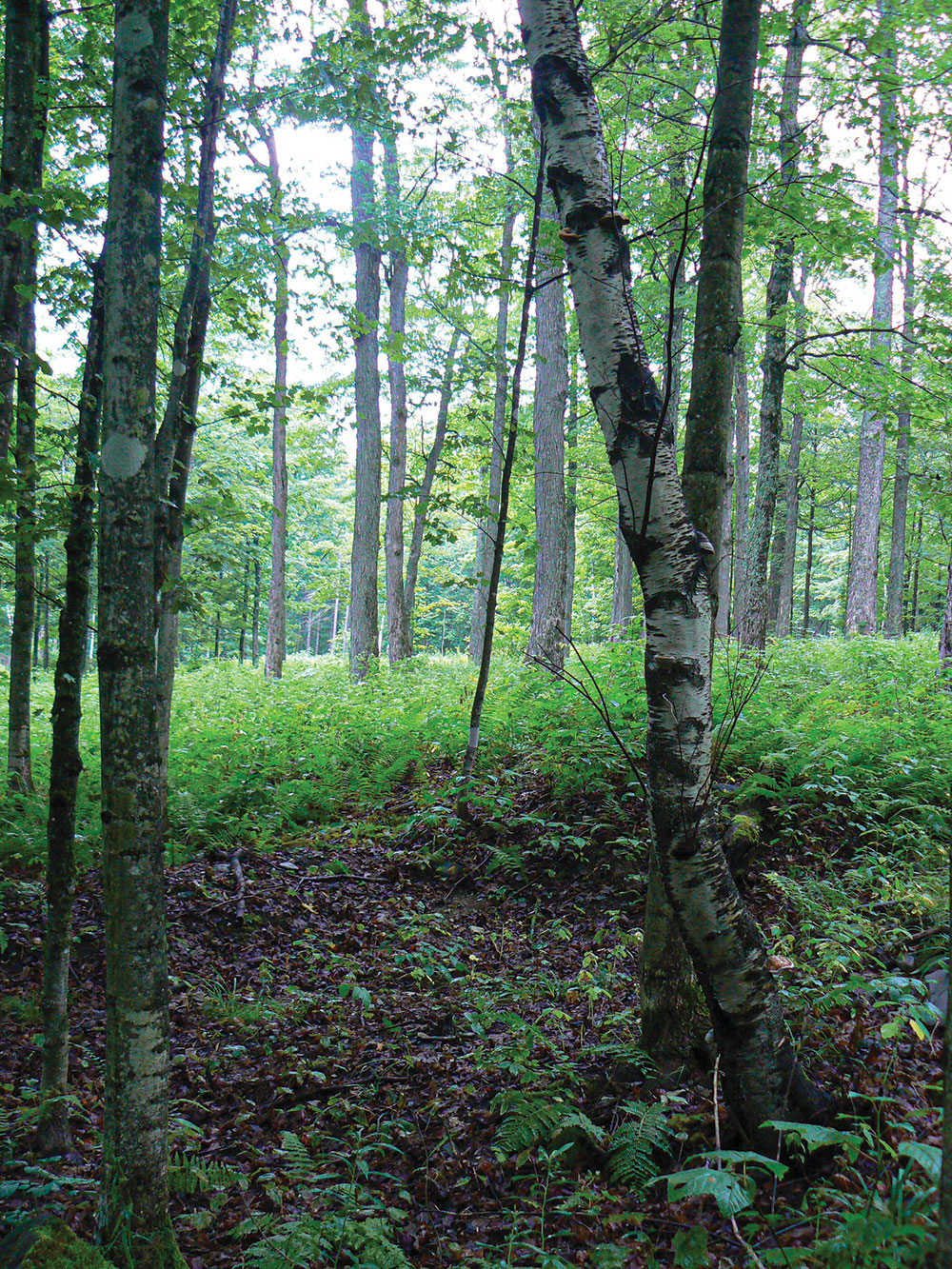
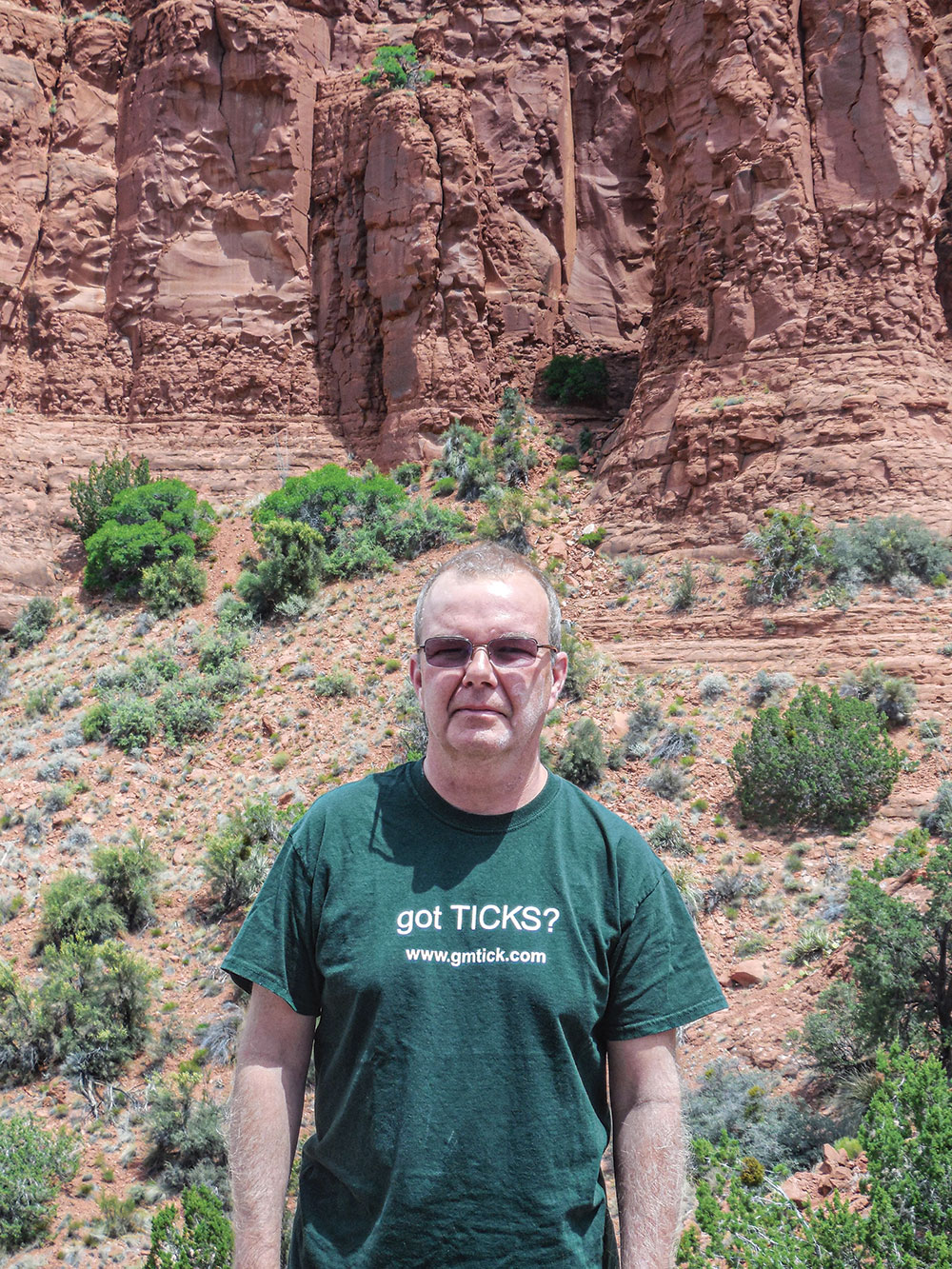
Venturing into the “great outdoors” can be rewarding and uplifting. All those television shows and even many outdoor writers tend to make this look as if it’s not a great deal of work … but it is. All of us have had blisters, turned ankles or worse. We’ve tipped canoes and have gotten into situations that were over our heads. Luckily, we’re here to write about them … because we were able to fall back on the basics.
Basic Gear
- Good footwear—don’t cheap-out on boots and socks.
- Durable pack (sized to fit your needs)
- Dependable folding knife
- Butane lighter
- Paracord
- First aid kit—purchase the best that meets your needs.
- Map of the area you’ll be in
- Compass
- Communication (two-way radio or cell phone)
Pointers
Safety always comes first.
- Travel in pairs or in a small group. I suggest joining a club (hiking, canoeing, etc.).
- Know your limitations and work on them.
- Purchase only the gear you’ll need. It’s easy to get carried away.
- Read all trail signs and carry at least the trail map for where you are.
- Tell people where you’re going and when you’ll be back. In addition, leave a note on the dashboard of your vehicle at the trailhead or launch site.
- Carry water and snacks every time you go out.
- Use common sense. If it doesn’t feel right, don’t do it.
Gear Rental Options
Arrive Outdoors
(213) 559-2482
ArriveOutdoors.com
Kit Lender
(888) 473-3111
KitLender.com
Rest N’ Nest Campground
(802) 785-2997
RestNNest.com
A version of this article first appeared in the December 2021 issue of American Outdoor Guide Boundless.

